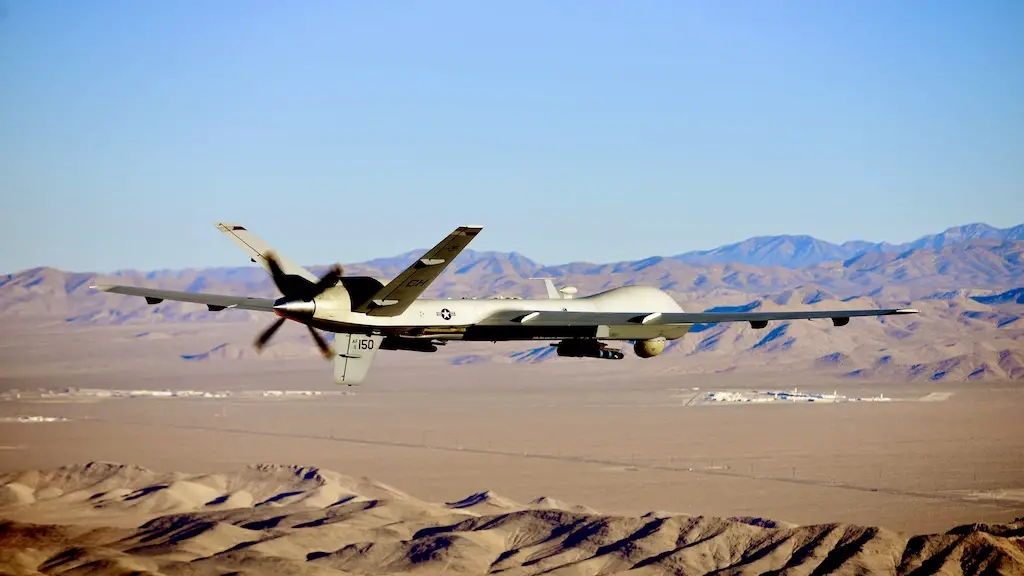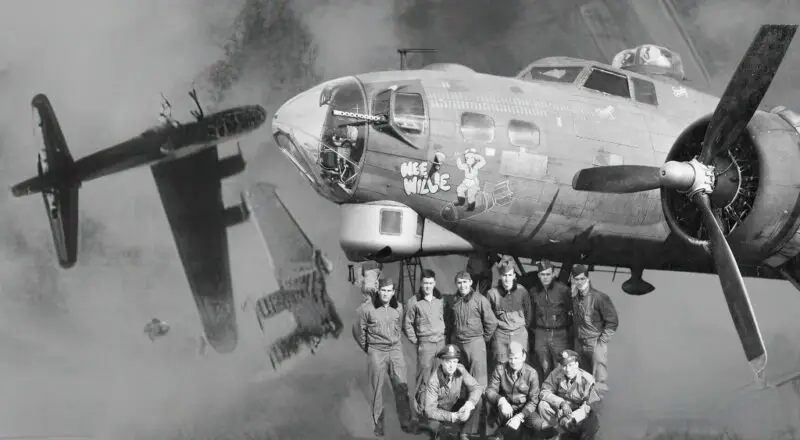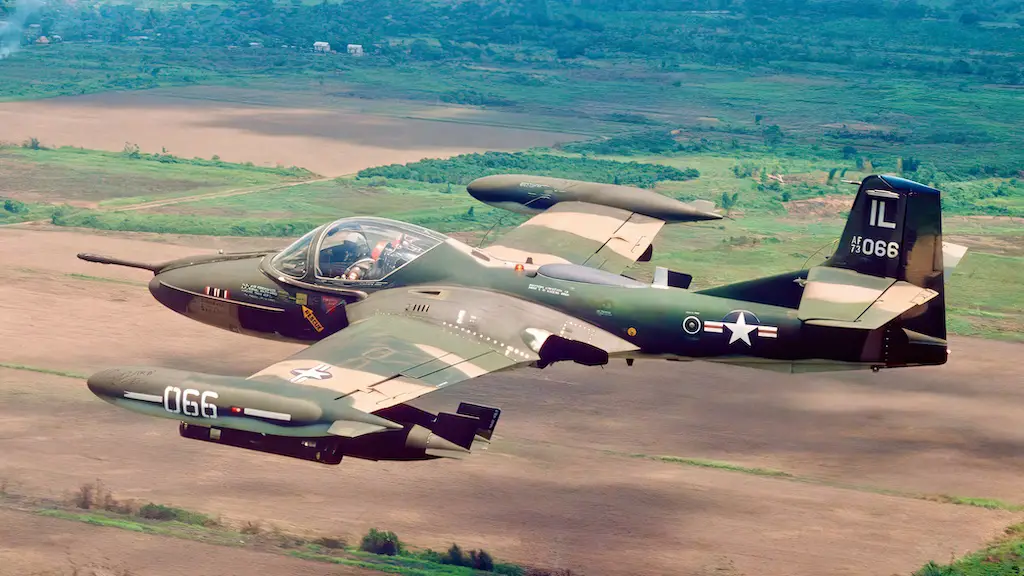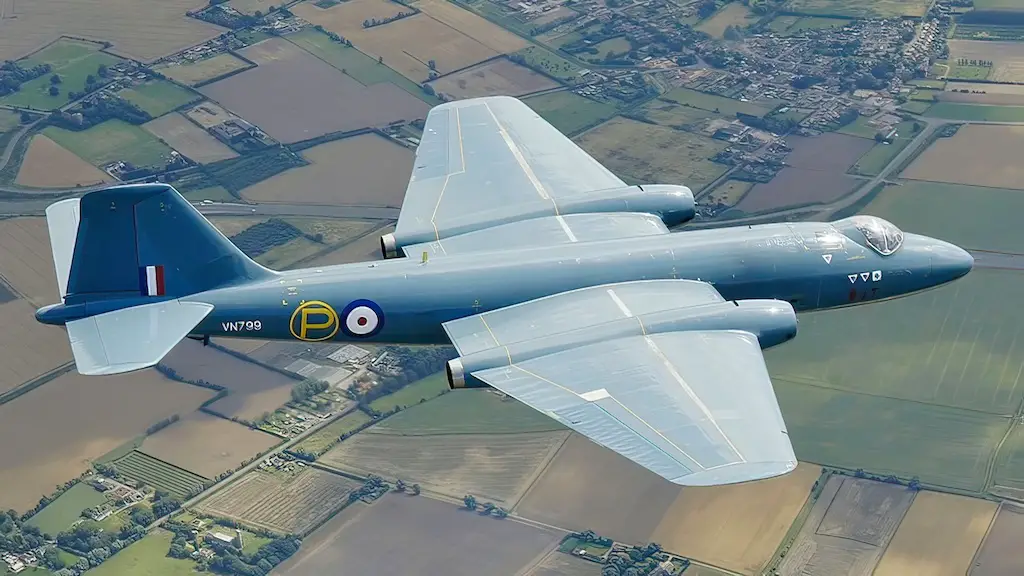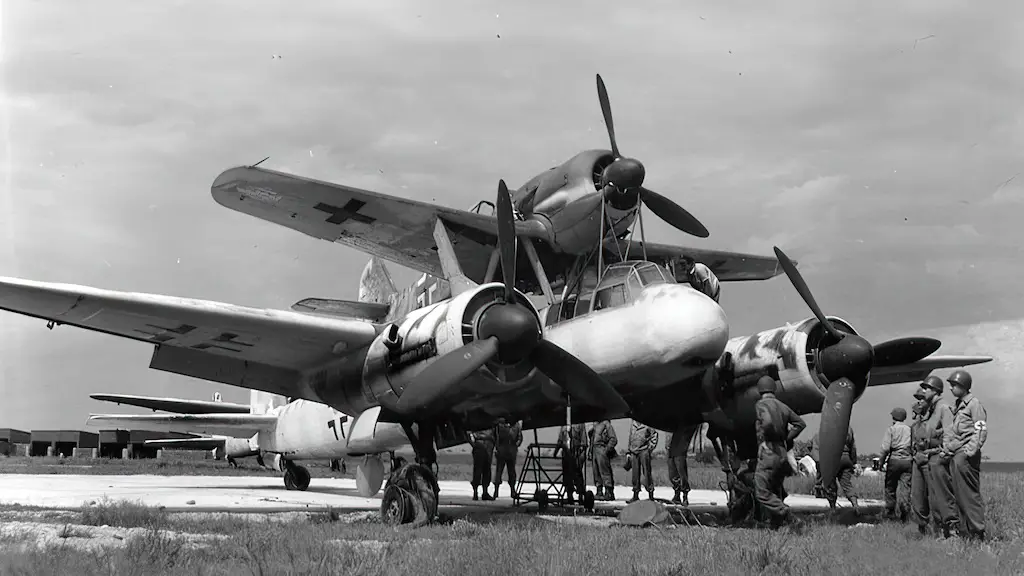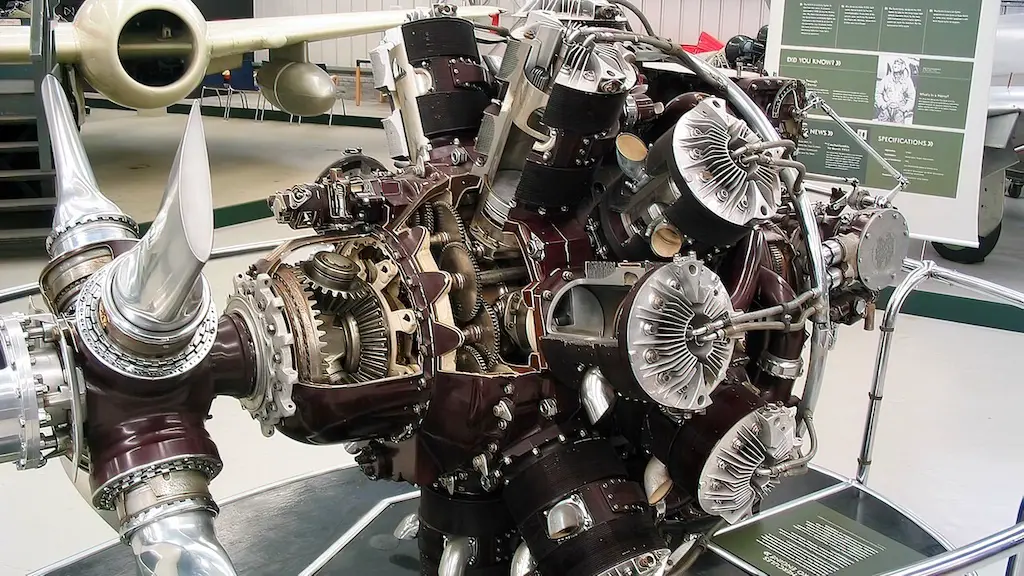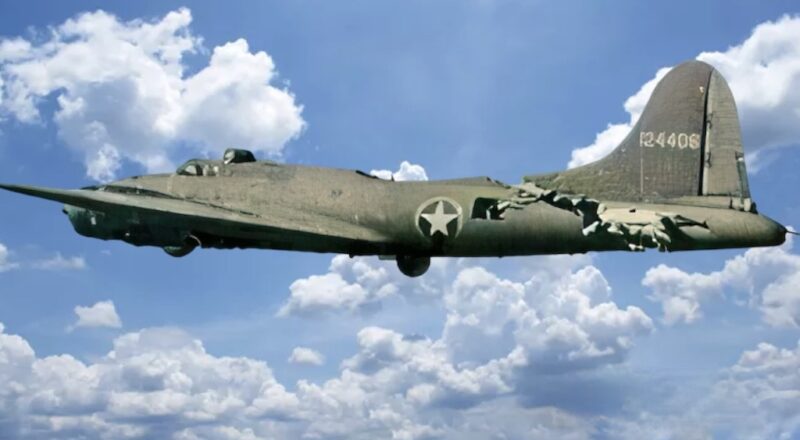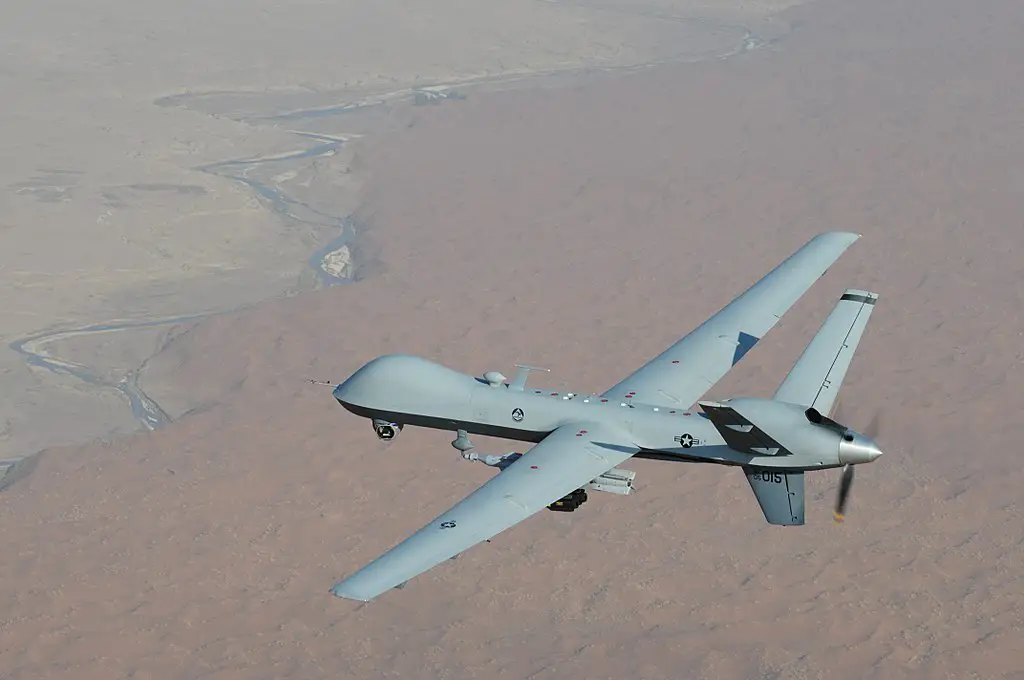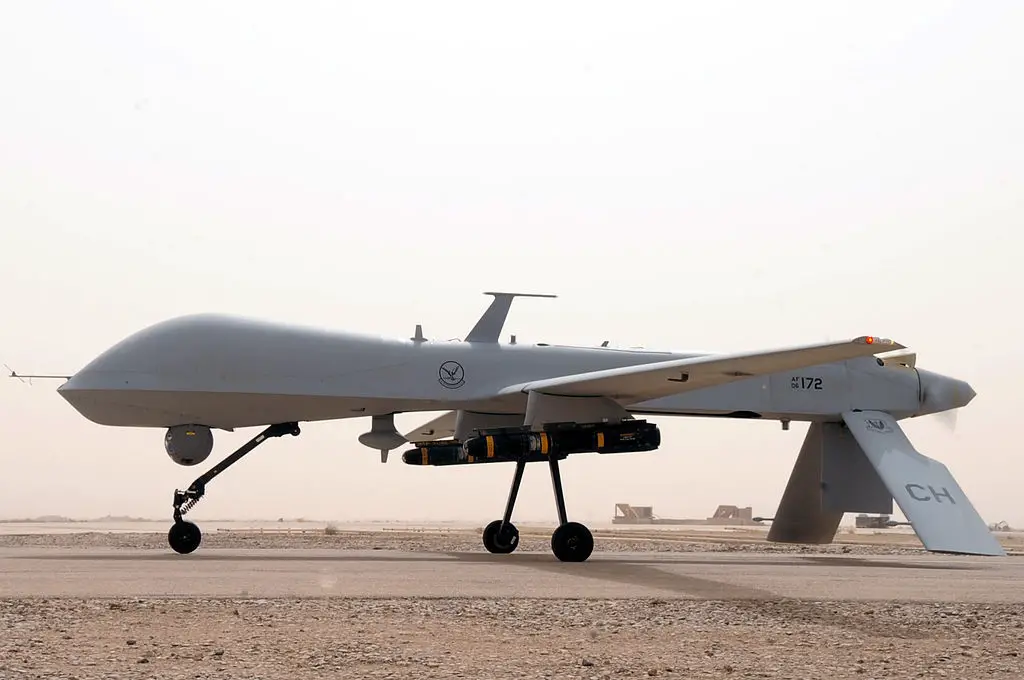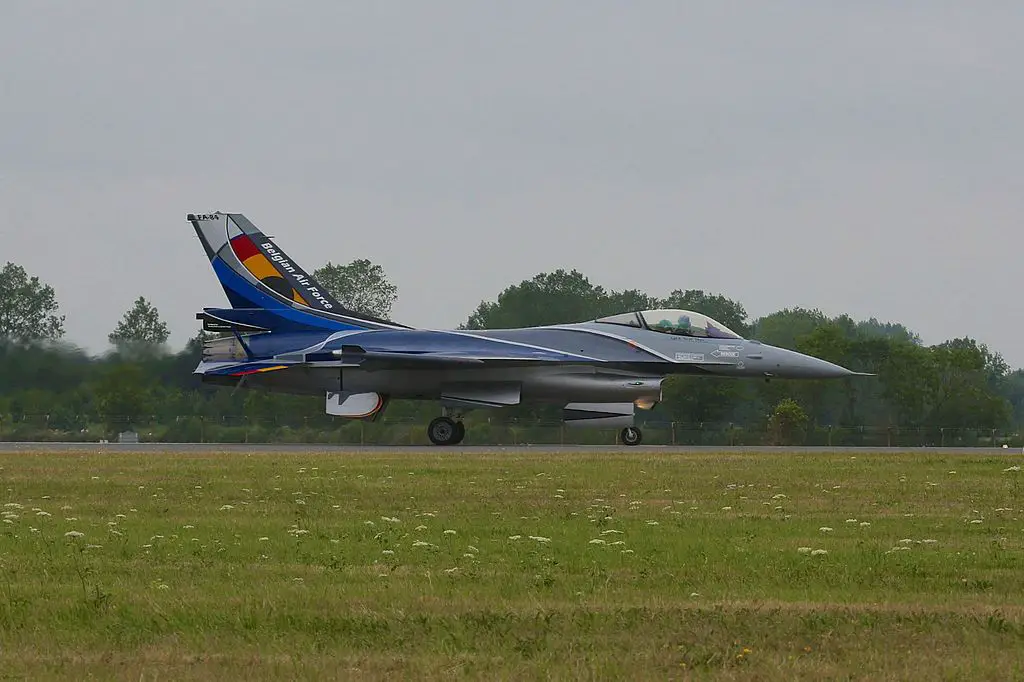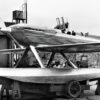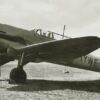Development
The MQ-9A “Reaper” was developed by General Atomics Aeronautical. The design was that of the earlier battle-proven MQ-1 Predator (Predator RPA), albeit larger and far deadlier, and saw first flight in 2001. The main purpose behind its design was to execute time-sensitive targets.
This was to be done with persistence and precision in the aim of destroying or disabling those very targets. It also serves as an intelligence gathering reconnaissance aircraft that is able to coordinate strikes or itself strike the very thing it is observing.
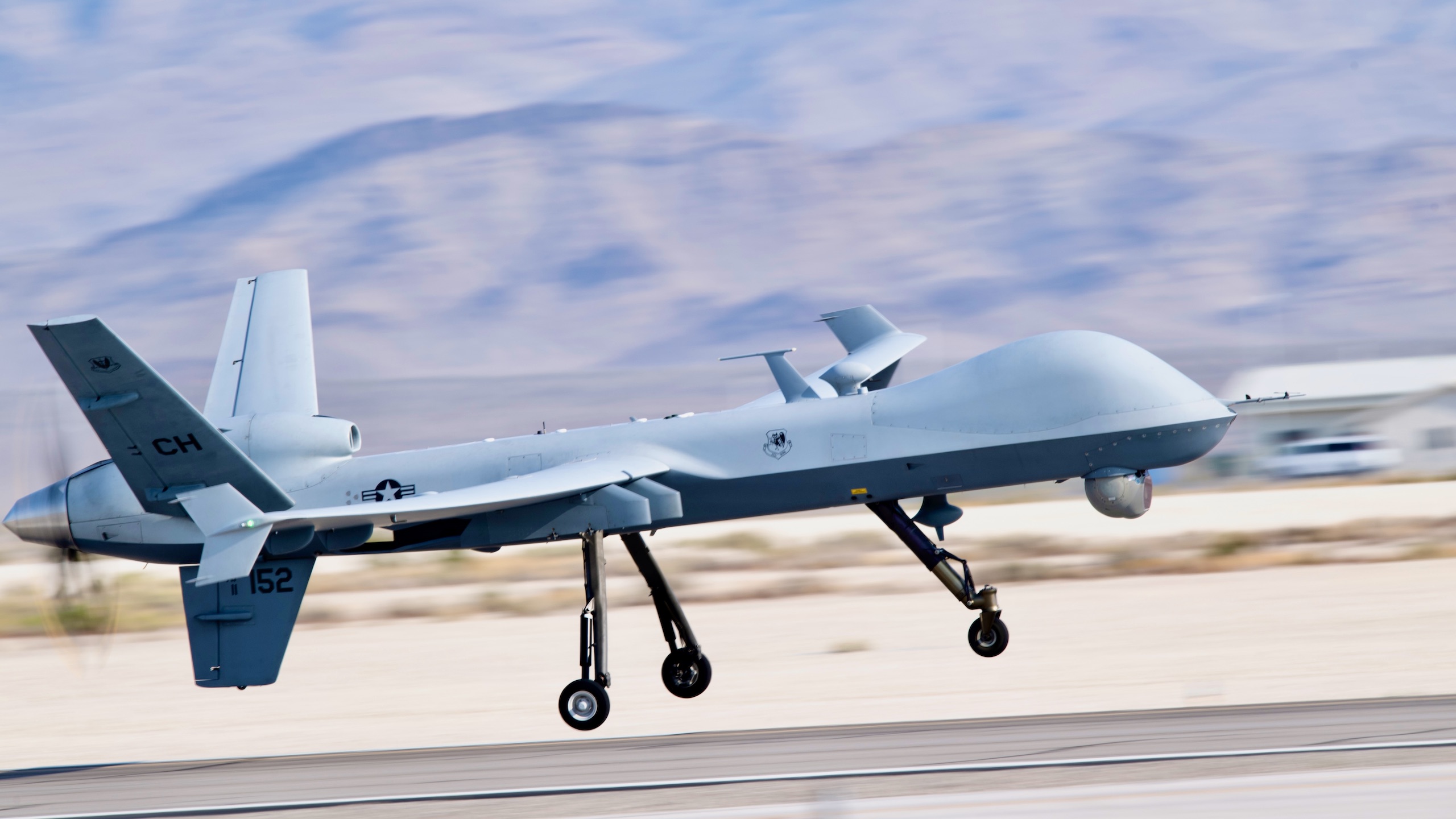
The “M” is the United States’ Department of Defence designation for multi-role, and “Q” signifies a remotely piloted aircraft system. The “9” basically indicates it is the ninth in its series. It’s infamous sobriquet “Reaper” was chosen by the U.S. and Royal Air Force, although it is now widely used to identify any Predator B drone equipped with missiles.
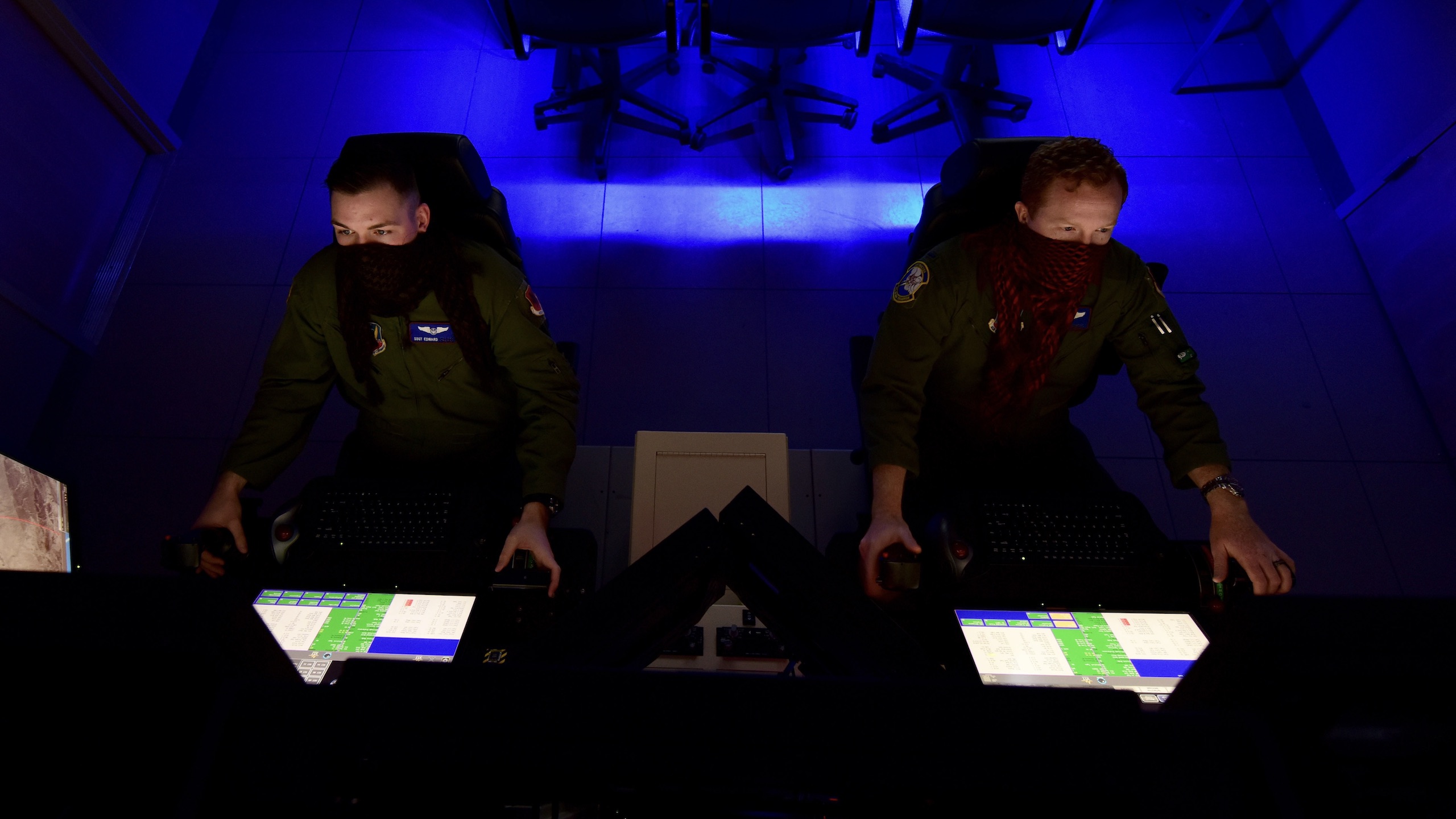
Reliability
A highly reliable aircraft with a sturdy Honeywell TPE331-10 turboprop engine that is always evolving and improving. The MQ-9A is highly modular and is easily modified to sustain a variety of payloads to meet mission demands. It’s capable of carrying diversified mission payloads that include: Electro-optical/Infrared (EO/IR), Lynx multi-mode radar, multi-mode maritime surveillance radar, Electronic Support Measures (ESM), laser designators, and other payload packages.
It can even employ up to eight laser-guided missiles, including the Air Force favourite Air-to-Ground 114 Hellfire missile. The same missile that not too long ago neutralised the former leader of the Iranian Revolutionary Guard Corps (IRGC), Qassem Suleimani in Baghdad.
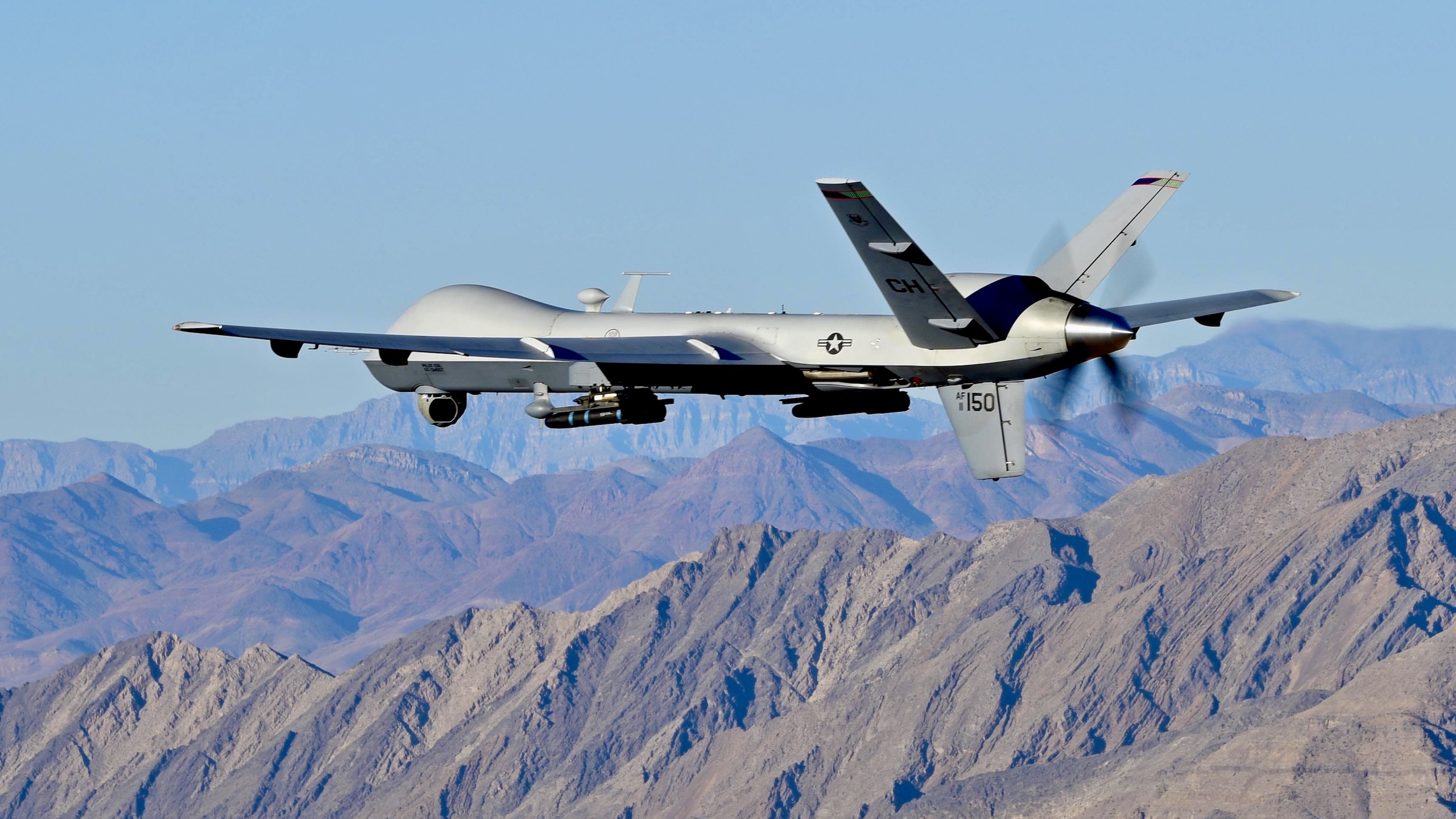
Cost
Despite the many advantages it has in firepower and ergonomics, it certainly makes up for in cost and survivability. MQ-9As are by no small measure cheaper or equal to the other airplanes it is often compared with. On the contrary, they are far more expensive, around two to six times of what an F-16 would cost. At least that was during the early 2010s as they are now no longer mass produced as they were before. In terms of survivability, they have none.
Essentially, a ‘permissive’ environment is needed with no high or low altitude ground-to-air armaments are present and obviously no enemy aircraft. This is in part due to the Reaper having no armour whatsoever. But largely having to do with the fact that a drone cannot be operated or maneuvered 360° as a fighter jet would; nor would it have countermeasures to any aggressive action. It is simply meant to spy on if need be, neutralise ground targets, and nothing more.
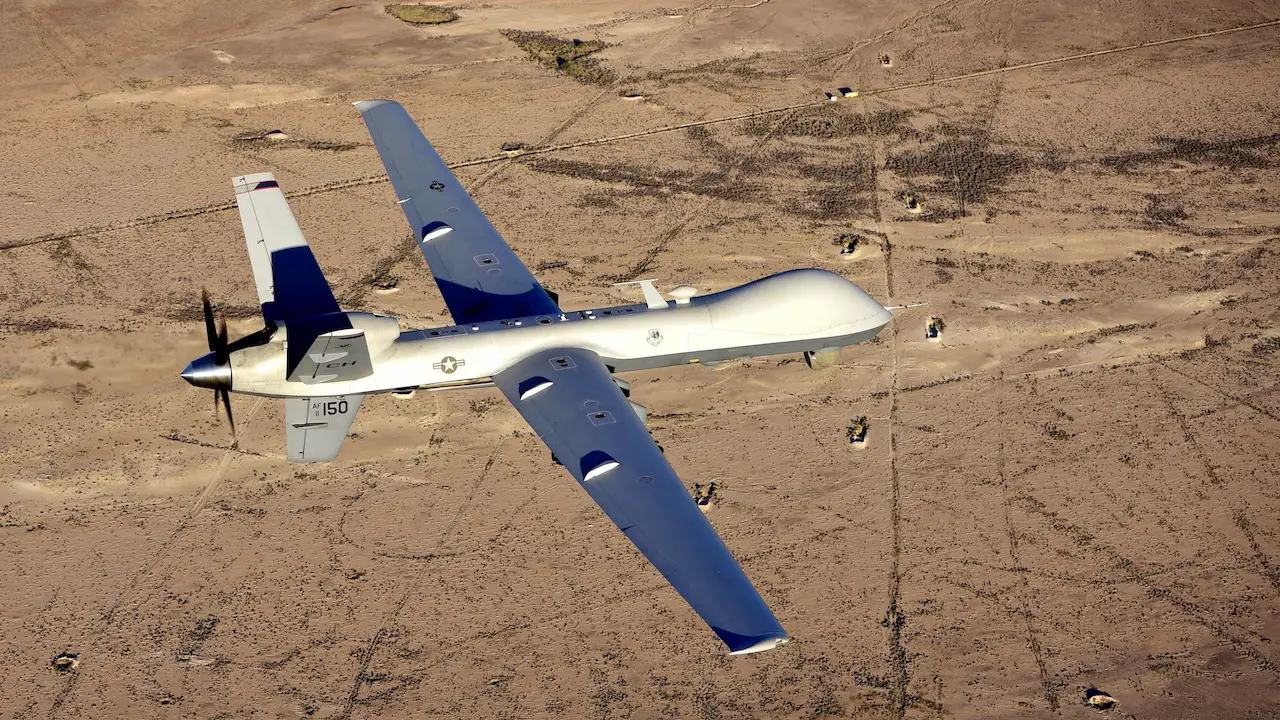
Endurance
Even in duration, an average sortie for a modern fighter aircraft is of the order of approximately two to three hours. In comparison, the unmanned MQ-9 Reaper has an endurance of between 27 to 34 hours, a huge advantage in hours, with not without its difference in expenditure. Also, think of the coffee the navigator would need.
The MQ-9A has been deployed across many theatres of the world, though most notably in Afghanistan and Iraq. Seeing operation capability in 2007 for the the U.S. Air Force, Department of Homeland Security, N.A.S.A, and the Royal Air Force, they now serve in the French Air Force, Italian Air Force, and in the Spanish Air Force.

